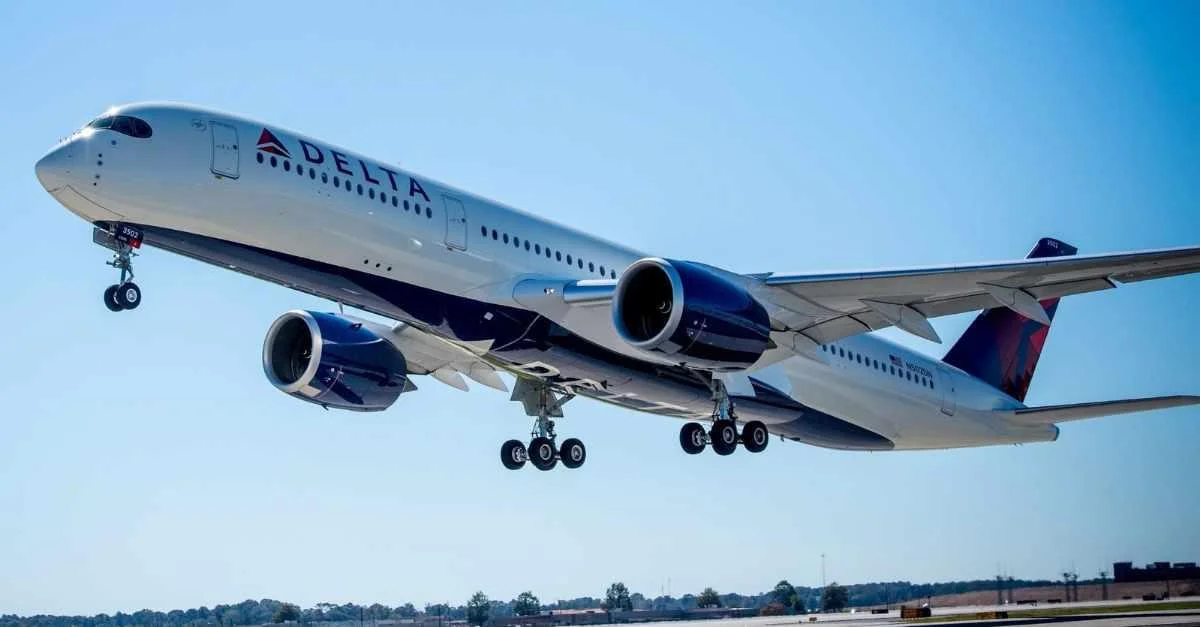The United States maintains a global network of military bases, enabling it to project power and reassure allies. This article examines the history of U.S. basing, its strategic role in conflicts like the Iraq War, and the importance of Air Force bases in the Asia-Pacific region.
Historically, the U.S. had no permanent overseas military presence until after the Spanish-American War when it established a naval base at Subic Bay following the Treaty of Paris. The Second World War necessitated a vast expansion of bases, leading to over 2,000 worldwide by war's end. This infrastructure was maintained during the Cold War for strategic purposes.
Today, the U.S. operates 750 bases in 80 countries at an annual cost of $80 billion. These bases provide flexibility for military operations globally. For example, during the Iraq War in 2003, when Turkey denied staging access, U.S. forces utilized airbases in Italy and Germany to deploy troops and equipment into Iraq.
 Alerts Sign-up
Alerts Sign-up



































